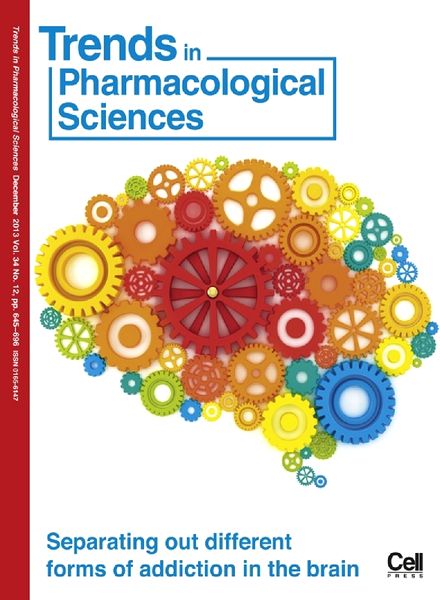
“The psychoactive cannabinoid Δ9 -tetrahydrocannabinol (THC) and the non-psychoactive cannabinoid cannabidiol(CBD) can both reduce cancer progression each through distinct antitumor pathways.
Our goal was to discover a compound that could efficiently target both cannabinoid antitumor pathways.
KEY RESULTS:
CBD reduced breast cancer metastasis in advanced stages of the disease as the direct result of down-regulating the transcriptional regulator Id1. However, this was associated with moderate increases in survival. We therefore screened for analogs that could co-target cannabinoid antitumor pathways (CBD- and THC-associated) and discovered the compound O-1663. This analog inhibited Id1, produced a marked stimulation of ROS, upregulated autophagy, and induced apoptosis. Of all compounds tested, it was the most potent at inhibiting breast cancer cell proliferation and invasion in culture and metastasis in vivo.
CONCLUSIONS AND IMPLICATIONS:
O-1663 prolonged survival in advanced stages of breast cancer metastasis. Developing compounds that can simultaneously target multiple cannabinoid antitumor pathways efficiently may provide a novel approach for the treatment of patients with metastatic breast cancer.”
http://www.ncbi.nlm.nih.gov/pubmed/24910342
“Anti-cancer effects of resorcinol derivatives on ascitic and solid forms of Ehrlich carcinoma in mice.” http://www.ncbi.nlm.nih.gov/pubmed/13774935
“Ardisiphenol D, a resorcinol derivative identified from Ardisia brevicaulis, exerts antitumor effect through inducing apoptosis in human non-small-cell lung cancer A549 cells.” http://www.ncbi.nlm.nih.gov/pubmed/24392814
“Antitumor effect of resorcinol derivatives from the roots of Ardisia brevicaulis by inducing apoptosis.” http://www.ncbi.nlm.nih.gov/pubmed/21751842
“Resorcinol derivatives from Ardisia maculosa.” http://www.ncbi.nlm.nih.gov/pubmed/17885843
“Cannabidiol (CBD) is among the major secondary metabolites of Cannabis devoid of the delta-9-tetra-hydrocannabinol psychoactive effects. It is a resorcinol-based compound with a broad spectrum of potential therapeutic properties, including neuroprotective effects in numerous pathological conditions.” https://www.ncbi.nlm.nih.gov/pubmed/28412918



